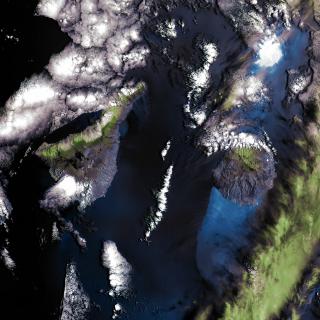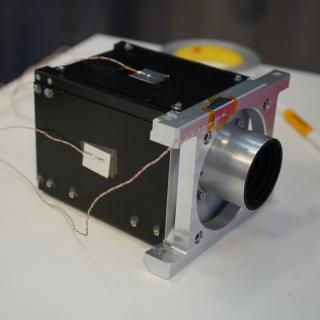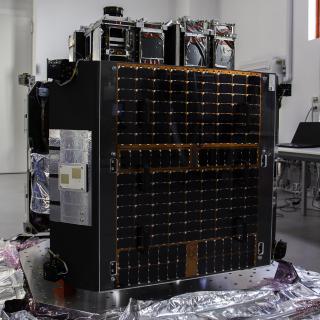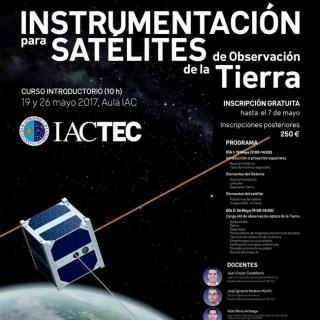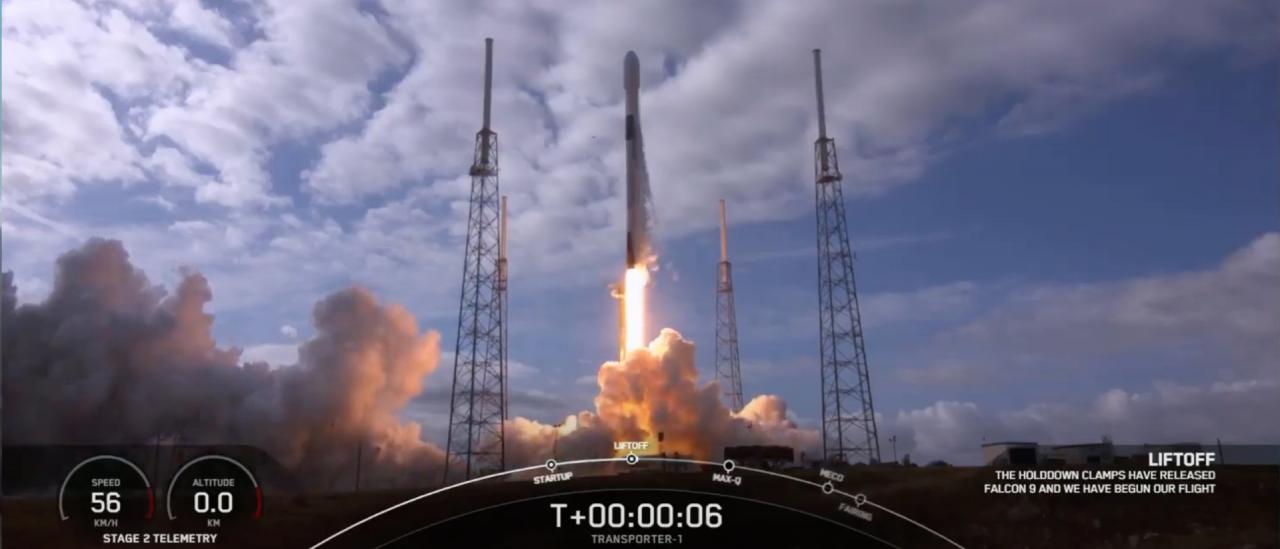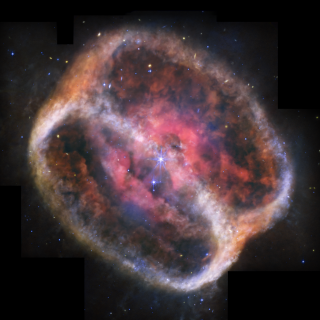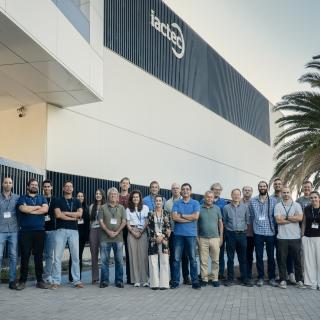This afternoon the DRAGO infrared camera, developed by the team at IACTEC-Space, of the Instituto de Astrofísica de Canarias (IAC) and integrated into the ION satellite carrier of the Italian company D-Orbit, has been successfully launched into space on Space X’s Falcon 9 rocket. The Transporter-1 mission, as it is called, was carried out without a hitch during the first hour of the launch window which opened at 15:00 h UTC, from Space Launch Complex 40 at Cape Canaveral Space Force Station in Florida (USA).

The launch was followed live with anxiety and enthusiasm from the IACTEC headquarters in the new La Laguna Science Park, where the team working on the project was joined by representatives of the the Cabildo of Tenerife. Members of the Teidesat group of the University of La Laguna collaborated in the live transmission of the event via Youtube.
For Rafael Rebolo, Director of the IAC, "this technological platform will allow us to tackle in the short term, thanks to the funding provided by the Ministry of Science and Innovation, the construction at IACTEC of a higher performance microsatellite that will boost this technological sector in the Canary Islands", he explains.
DRAGO (Demonstrator of Remote Analysis of Ground Observations),the first instrument developed entirely in IACTEC-Space, is a short-wavelength infrared camera for observing the Earth from space. When it is in orbit, and when the satellite and its instruments have been commissioned,DRAGO will be able to obtain simultaneous images of our planet at two wavelengths in the short wavelength infrared, SWIR, (1.1 and 1.6 microns). The camera includes high performance hardware and software to obtain images at a high rate ( up to 160 frames/sec). This electronics allows on-board processing of the images, which include the features of super-resolution, compression, and coding.
With a weight of 1 kilogramme and a consumption of 6 watts, comparable to a common LED light-bulb, DRAGO is already a point of reference in the emergin sector of New Space which is giving rise to a new economy based on the “democratization of space”. For Alex Oscoz, the Principal Investigator of IACTEC-Space “The technical details of this camera, both in the hardware and in the software, make it into a pioneering development which will offer the New Space industry a revolutionary tool to obtain infared information from space with the mínimum of size, weight, and energy consumption."
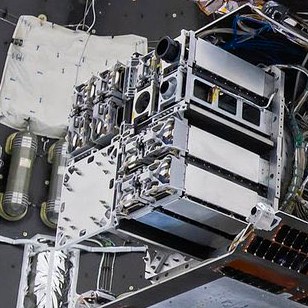
IACTEC will carry out the operations of demonstration and on-orbit validation in coordination with D-Orbit. The camera will take infrared images of the Canaries, and of other parts of the planet to test its use for different application of Earth observation. “Among the many applications of this technology” explains José Alonso, the manager of IACTEC-Space, “which allows us to see phenomena and physical properties which can’t be observed in the visible, is a contritbution to facing challenges which are currently as important as the fight against forest fires, and the protection of the envirnoment against the effects of climate change."
An example of technological innovation
One of the most important achievements with DRAGO has been its integraton in a satellite platform such as ION. For this, an innovative approach: plug and play, has been used, integrating the camera into a standarised CubeSat strucutre which connects to the data and electrical interface of the satellite carrier. This system ensures a significant reduction in the time and the cost needed to prepare and fly a payload in a demonstration mission, and simplifies its operation. “This approach to integration has enabled us to obtain the approval for DRAGO as a payload in record time” explains Alfonso Ynigo, systems engineer of IACTEC-Space.
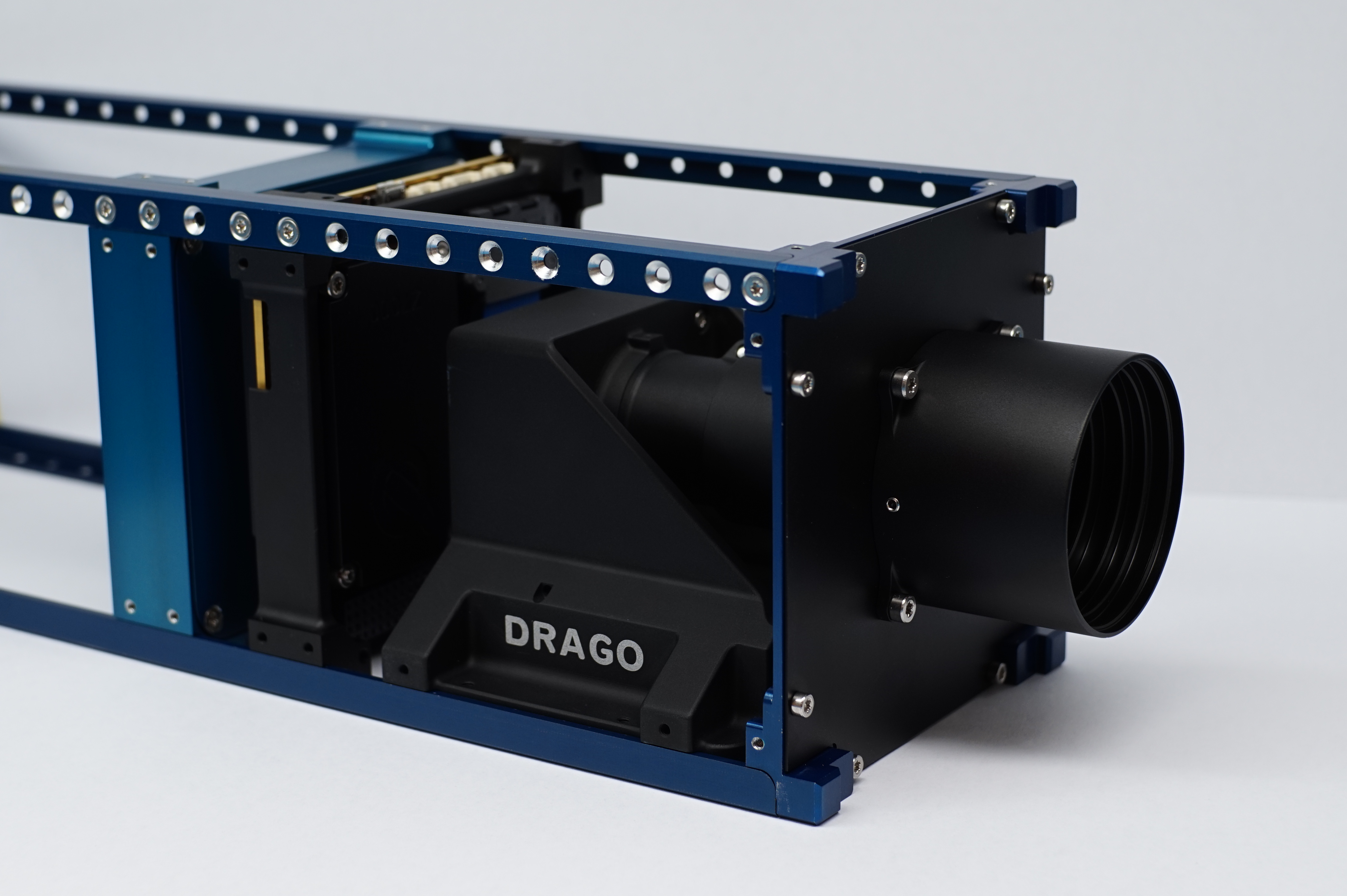
As well as its innovative design and its complex technical development, DRAGO, before putting it into orbit, has been subjected to rigorous environmental tests to show its capacity to stand up to the hard conditions during launch and in space. These tests were carried out in a period of a few weeks in the installations of the National Institute of Aerospace Technology (INTA), in Torrejón de Ardoz, Madrid, and at the Centre for Aeronautical Technology (CTA) in Álava.
DRAGO consolidates IACTEC-Space as a multidisciplinary environment, and as pioneer in the Canaries in the development of technological capacity for application in projects related to the use of payloads in small satellites and in data processing for space observations.
IACTEC-Space is a programme within IACTEC, the area of technological and business collaboration of the IAC, which is funded within its Training Programme under the Programmd TFINNOVA 2016-2021, of the Strategic Framework of Island Development (MEDI) and the Development Fund of the Canaries, and of infrastructure (edificio IACTEC) of the Cabildo of the Island of Tenerife.
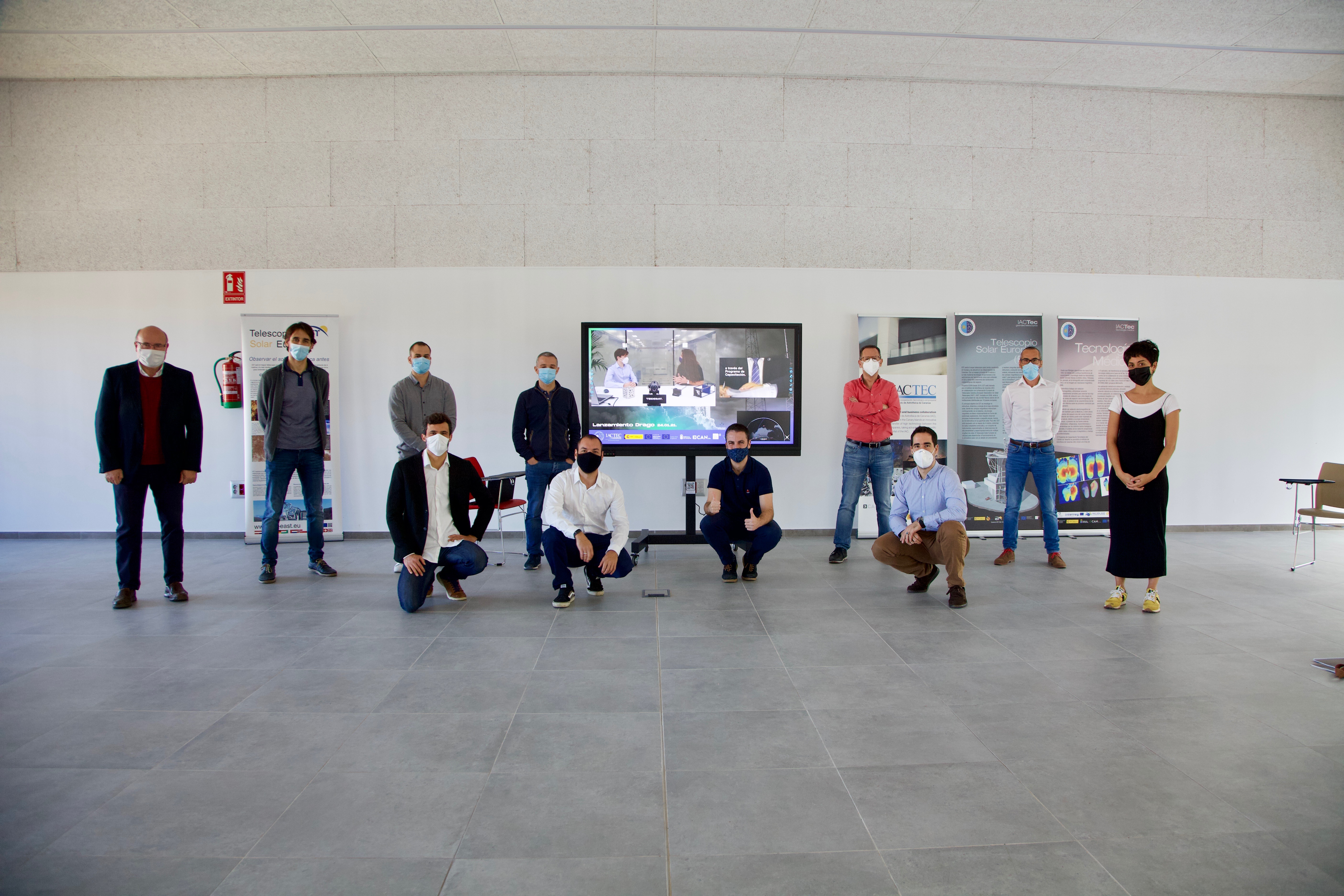
More information:
- IACTEC Space programme website
- Report “Pequeños satélites, grandes caminos al espacio” by Irene Molla Segura
Related news:
- Agreement with D-Orbit to integrate DRAGO in the ION satellite
- DRAGO passes its tests for launch into space
Contact at IACTEC:
- Álex Oscoz: aoscoz [at] iac.es (aoscoz[at]iac[dot]es)
- José Alonso: joalbur [at] iac.es (joalbur[at]iac[dot]es)
- Alfonso Ynigo: alfonso.ynigo.rivera [at] iac.es (alfonso[dot]ynigo[dot]rivera[at]iac[dot]es)
